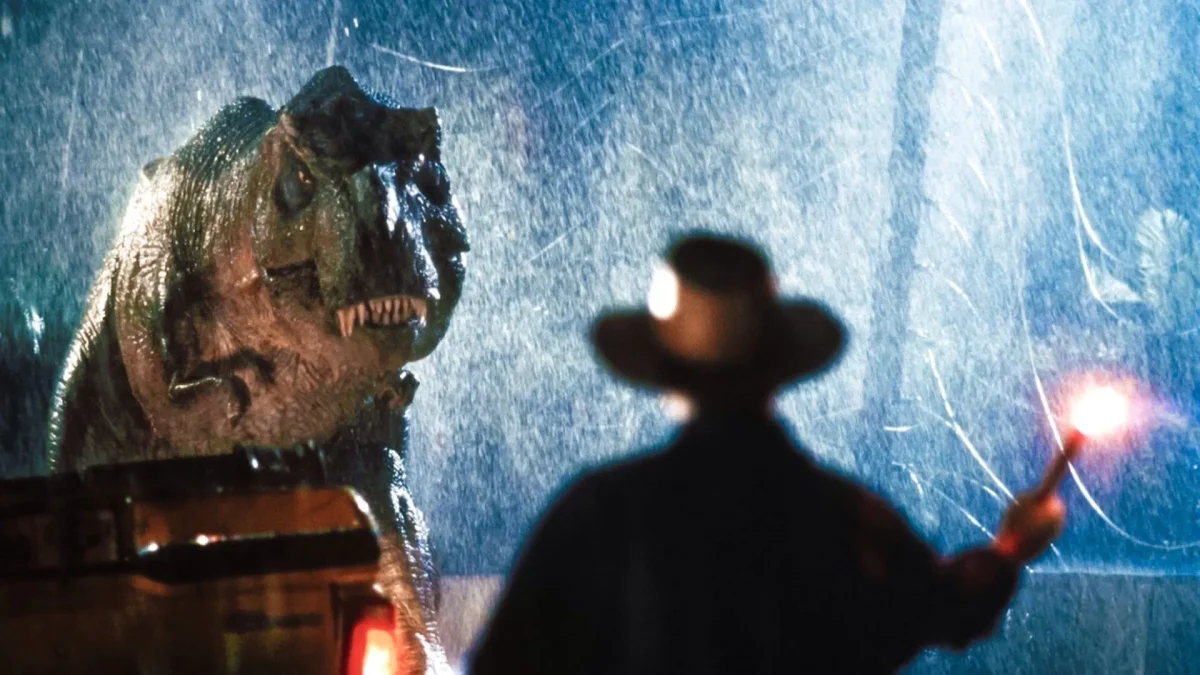HBO’s golden child “Game of Thrones” maintains its vice grip on popular culture with a prequel series, “House of the Dragon,” streaming on HBO Max. Set 200 years before the events of its predecessor, “House of the Dragon”follows the House Targaryen through the height of its reign over the Seven Kingdoms.
Heading the series as a teenage princess is Rhaenyra Targaryen, portrayed by Milly Alcock. Alcock’s performance in the first two episodes is charming and echoes Emilia Clark’s Daenerys Targaryan in all the right ways. Both characters’ phoenix stories are easy for audiences to sympathize with, and Rhaenyra’s fiery spirit has—in these first two episodes—outshined that of her distant niece.
Alcock shines in all of her scenes, but most of all across from Emily Carey as Lady Alicent Hightower, the “most comely woman in court.” Alicent’s maintained innocence and kindness are a welcomed addition to the Targaryen family’s moral grayness. The undertones of something more blossoming through the friendship between the two girls cannot be ignored, though the final scene of episode two certainly disrupted it.
Paddy Considine’s King Viserys I and his shifty brother Daemon, portrayed by Matt Smith, fall short of the nuanced sibling relationships so prevalent in “Game of Thrones.” While both actor’s deliver adequate performances, their characters have little to offer past the tired narrative of a younger brother clawing his way out of his older brother’s shadow.
The unfortunate truth is that the much smaller cast of characters in the “House of the Dragon” fails to accomplish the feat of the “Game of Thrones”pilot. “Game of Thrones”introduced an unparalleled amount of characters in its first episode, and succeeded in getting its audience invested in each of them from the very start. Two episodes in and “House of the Dragon”already struggles to keep its audience interested in its characters, perhaps due to the familiarity of the story.
However, some of the recurring and supporting cast contribute massively to the show in a positive manner. Eve Best and Steve Toussant as Princess Rhaenys Valeryonm née Targaryen and her husband, Lord Corlys Valeryon, steal every scene they are in. Even with their minimal lines, the “Queen Who Never Was” and the “Driftwood King” make for a far more interesting pairing than most of the other dynamics in the show, largely because they are able to stand on their own with personal motivations, but come together only to make themselves stronger.
It can be assumed, by the closing of episode two, that Lord Corlys will be appearing on our screens even more frequently — hopefully filling the vacuum of a villain with motivation more compelling than being born second.
For a series whose show-runners promised a deviation from the graphic sexual violence of its mother-show, the “House of the Dragon” pilot episode included a lengthy scene of forced castration and a murder-by-childbirth that lives among the most haunting scenes in television history. Not to mention the poor Lady Alicent, who is objectified by every man she interacts with, and is pressured by her own father to attend private meetings with the King in his personal chambers in order to comfort him.
To its possible advantage, the younger characters’ actors in the “House of the Dragon” will be replaced with older ones part way through the season, likely accompanying a time jump in the narrative. Alcock will pass her torch to Emma D’Arcy, Olivia Cooke will become Lady Alicent, and the twelve-year-old Lady Laena will grow up to be played by Savannah Steyn.















